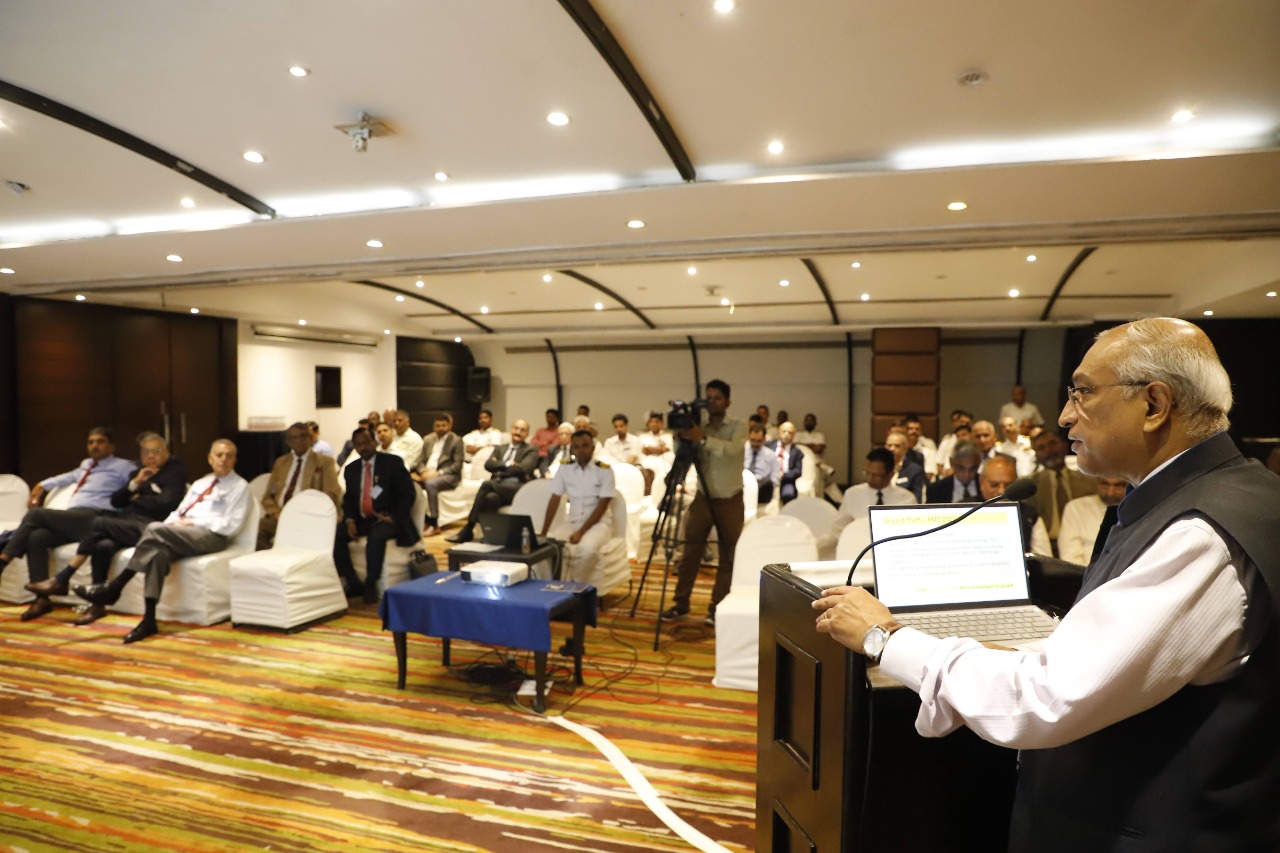Shipbuilding and shipping have a direct relationship with nation building. History informs us that every great power possessed a vibrant shipbuilding industry and operated best in class ships that helped maintain continued and unimpeded access to resources, commodities and markets which are the vital pillars of a nation’s economy. 95 percent of the country’s trade by volume (70 percent in terms of value amounting to about US$ 330 bn (2019)[1]) is moved by sea. With a share of about 3.2% of global GDP and aspiration to grow to a USS 5 trillion economy, India’s shipping and shipbuilding credentials do not yet make the mark. Declared as a strategic sector most investments have only been made in development of ports whilst shipyards are facing except those that are supported by orders from the Indian Navy or the Indian Coast Guard. India’s shipping and shipbuilding sector has plenty of headspace for growth.
The industry is an interconnected ecosystem comprising various stakeholder predominantly the shipbuilders, ship owners, ship operators, ship repairers and ship recyclers. Apart from them there are many other direct and indirect stakeholders who in various measures contribute to this strategic sector. Hence, isolated and independent schemes to develop any one stakeholder is always, though being highly focussed, holistically less than sub optimal. Hence, an integrated, coordinated and harmonised approach to developing the sector in its entirety is necessary.
Commodore Sujeet Samaddar, NM (Retd) presented a paper on the subject at the Indian Maritime Foundation Comference held on 15 Sep 2022.
The core theme for encouraging shipbuilding requires a three pronged action (1) #assuredcargo or as I call it #atmanirbharvanijya (2) Easy Credit or #swadeshipoonji (3) Sunset Clause on #cabotage by 31 Dec 2026. These three interventions will give us #atmanirbharpotnirman.
The trick is sound #financialengineering, standardised #hullforms, #pipelineproduction facilitated by #stapleddebt to #shipbuilders and #shipowners serviced by a long term #affreightment contract with the Government run PSUs and organisation. If we acheive the global average of coastal share in intermodal transport to about 30% we could be looking at shipping 1.5 Bn MT of cargo and about 1.5 Million TEU by short sea shipping by 2035. Thus also reducing share of the inefficient rail and road systems with its massive costs, energy and emissions load. Plus – creating jobs, job jobs.
With these skills Indian shipyards would also be able to tap into the Multi Bn $ ship repair sector.
Sagarmala, GATIshakti can be leveraged to bring into effect this capability.
This cant be handled by the ministry of shipping, ports and highways. A Task Force to prepare a 15 year integrated shipping and shipbuilding plan is required. This could be led by a Secretary, level Officer in-charge of reviving shipbuilding and showing concrete results in 3-4 years.
This requires a ‘whole of India’ effort for #Indianshipbuilding to once again reclaim its past leadership. Hon’ble Prime Minister Shri Narendra Modi, could convene an interministerial meeting to chart the way forward.
SAMDeS would be privileged to present its solution for nationbuilding though shipbuilding.
[1] Source: https://www.trademap.org/Country_SelProductCountry_TS.aspx?nvpm=1%7c699%7c%7c%7c%7cTOTAL%7c%7c%7c2%7c1%7c1%7c2%7c2%7c1%7c2%7c1%7c1%7c1
